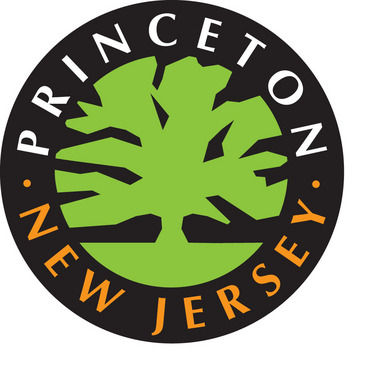By Philip Sean Curran, Staff Writer
Princeton officials said this week that the loss of trees in the community led them to require financial contributions and replacement trees from anyone seeking permission from the town to chop them down.
Advocates said the measure was in response to the destruction of trees caused when real estate developers tear down homes to build new ones. By a 5-1 vote Monday, council revised a municipal tree ordinance that some residents told officials adds a financial burden, particularly on senior citizens, and is punitive.
On one hand, the changes mandate that anyone cutting down a tree replace it, potentially up to four trees, depending on the size of a tree coming down. A tree with a circumference of 39 inches or greater, for example, would translate into four replacement trees that have to be planted, the ordinance said.
If a homeowner cannot accommodate that many replacement trees on their property, they can meet their requirements by planting them in another public location and or by contributing to the Princeton Shade Tree Trust Reserve, which is used to plant and maintain trees and shrubs on public land. The amount of the contribution is on a sliding scale, again based on the size of the tree, up to $1,600 per tree.
But officials have said people cannot pay their way out of their tree commitments, so they mandated that residents have to plant at least 50 percent of the number of trees they have to replace.
Princeton is among the towns in New Jersey requiring homeowners to apply for a now $40 permit before cutting down any tree that falls under municipal protection. There are exceptions to a tree that poses a safety hazard.
Yet the current tree ordinance was not working and had to be revised, said Councilman Bernard P. Miller, liaison to the municipal Shade Tree Commission, prior to the vote. He said the measure was not inhibiting people from cutting down trees, with a high number of tree removal permits the town has received.
“A lot of trees are being removed around town,” municipal arborist Lorraine Konopka told the governing body on Monday.
Advocates for the measure point to the benefits of trees: cooling down homes, providing shade and adding to the aesthetics of the community. Councilwoman Jenny Crumiller on Monday stressed the need to preserve the tree canopy in a community that has been designated a Tree City USA by the Arbor Day Foundation.
The town has defended its right to put the layer of regulation on property owners, with Mayor Liz Lempert saying back in July that it is “well within the rights” of the municipal government to protect the tree canopy. She helped trigger the tougher ordinance amid concerns about the loss of trees.
Councilman Patrick Simon, the only member of the governing body to vote against the measure, said from the dais that the ordinance offers no exceptions for someone wanting to install solar panels on their homes or to install a wheelchair access ramp.
“There’s no permission to do that in the current ordinance. I have no idea why,” he said. “It seems to me that we’re a little bit upside down on priorities.”
He also pointed to the added time the town now has to review a permit application, from three weeks to four.
“One of our goals for the council this year is to improve customer service,” he said. “We’re going in the wrong direction on that.”

